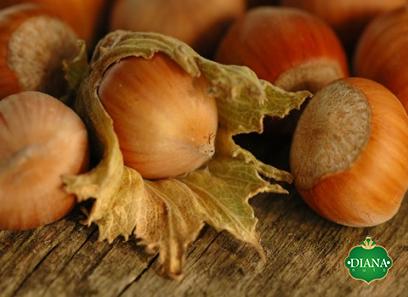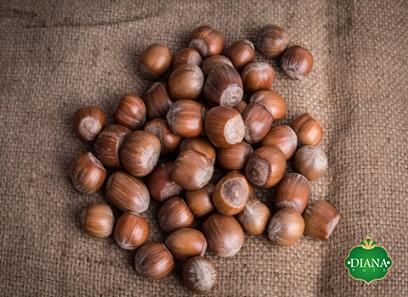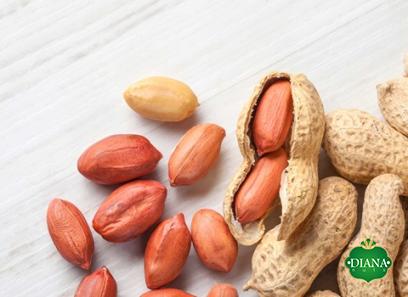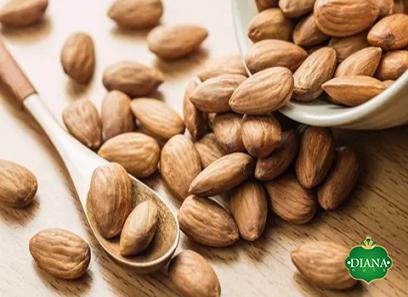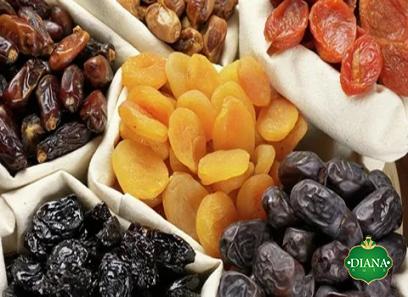Almonds, scientifically known as Prunus dulcis, are one of the most widely consumed nuts worldwide. Known for their numerous health benefits and delicious taste, almonds are available in various forms, including whole almonds in shell. In this article, we will explore the characteristics, uses, nutritional value, production, and marketing of whole almonds in shell.
1. Characteristics of Whole Almonds in Shell:
Whole almonds in shell refer to the nuts that have not been shelled or processed. They are characterized by their hard outer shell, which needs to be cracked open to access the edible almond kernel inside. Almonds are oval-shaped and usually measure around 1-1.5 inches in length. The shells are generally brown, slightly wrinkled, and quite sturdy.
2. Culinary Uses and Consumption:
Whole almonds in shell find a variety of culinary uses, both in their natural state and after being shelled. Some popular uses include:
– Snacking: Whole almonds can be consumed as a healthy and satisfying snack. Their crunchiness and natural flavor make them a popular choice.
– Baking: Whole almonds can be used in various baked goods like cookies, cakes, and bread, providing a delightful texture and adding a nutty taste.
– Roasting: Many people enjoy the flavor of roasted almonds. Whole almonds in shell can be roasted and sprinkled with salt or other seasonings.
– Garnishing: Shelled almonds can be used as a garnish for salads, desserts, and savory dishes, enhancing their visual appeal.
3. Nutritional Value:
Whole almonds in shell are nutrient-dense and offer several health benefits. The following nutrients can be found in a 1-ounce (28g) serving of almonds:
– Protein: Almonds are an excellent source of plant-based protein, providing about 6 grams per serving.
– Healthy Fats: Almonds contain monounsaturated fats, which are beneficial for heart health.
– Fiber: With approximately 3.5 grams of dietary fiber per serving, almonds support digestive health and help maintain regular bowel movements.
– Vitamins and Minerals: Almonds are rich in vitamin E, magnesium, manganese, and copper, which play vital roles in various bodily functions.
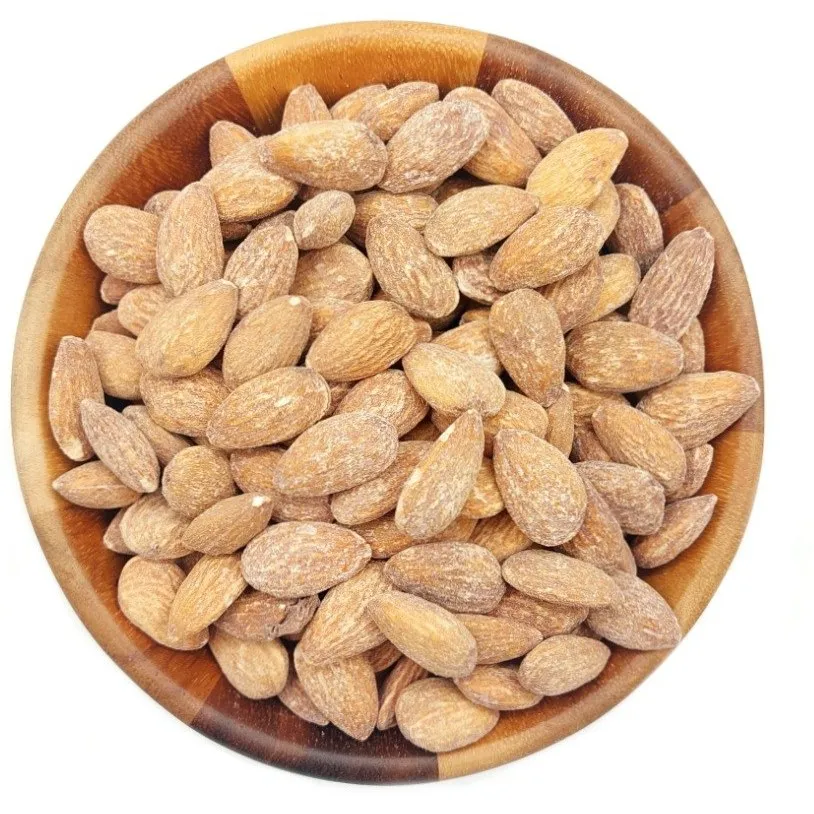
– Antioxidants: Almonds are a good source of antioxidants, such as polyphenols, which help protect against oxidative stress and inflammation.
4. Production and Harvesting:
Almonds are primarily grown in Mediterranean-like climates, with California being the largest producer, followed by Spain, Australia, and Italy. The almond tree is a deciduous tree, and its fruit is a drupe, consisting of an outer hull and a hard shell containing the kernel. Almond trees flower in late winter or early spring, and the nuts reach maturity in the late summer or early fall. Harvesting is usually done mechanically or by shaking the tree, causing the almonds to drop to the ground.
5. Processing and Packaging:
After the almonds are harvested, they undergo a series of processing steps. The processing may involve hulling, shelling, and separating the kernels from the shell debris. Whole almonds in shell are often packaged directly after going through a cleaning process to remove any impurities. These packaged almonds are then ready to be transported and made available to consumers.
6. Marketing and Market Demand:
The market demand for whole almonds in shell is influenced by various factors, including regional preferences, cultural practices, and health-conscious consumer trends. The demand is also driven by the versatility of almonds, as they can be used in different culinary preparations. Besides, the rise in demand for plant-based protein sources and the increasing popularity of healthy snacking options have further contributed to the growth of the almond market.
7. Storage and Shelf Life:
To ensure the quality and shelf life of whole almonds in shell, proper storage practices should be followed. Unshelled almonds have a longer shelf life compared to shelled almonds due to the protective shell. When stored in a cool, dry, and dark place, away from moisture and direct sunlight, unshelled almonds can be stored for up to a year. Shelled almonds, on the other hand, have a shorter shelf life and are best stored in airtight containers and consumed within a few months to maintain their freshness.
Conclusion:
Whole almonds in shell offer a convenient and versatile option for nut lovers and culinary enthusiasts alike. With their numerous nutritional benefits, delightful taste, and various culinary uses, these almonds are a popular choice for snacking, baking, and garnishing. Whether enjoyed in their natural state or after being shelled, whole almonds in shell undoubtedly contribute to a healthy and delicious diet.I. Health Benefits of Whole Almonds in Shell:
Whole almonds in shell are packed with nutrients that confer numerous health benefits. The high protein content in almonds makes them a valuable addition to a vegetarian or vegan diet, providing a good source of essential amino acids. The healthy fats found in almonds help in reducing bad cholesterol levels, improving heart health, and reducing the risk of cardiovascular diseases. Furthermore, almonds are a rich source of vitamin E, which acts as an antioxidant, protecting cells from damage caused by free radicals. The fiber content in almonds aids in digestion, reduces the risk of constipation, and helps maintain a healthy weight. The presence of magnesium in almonds supports bone health and plays a role in blood sugar control.
II. Nut Allergy Considerations:
While almonds are generally safe and nutritious, it is crucial to note that some individuals may have allergies to nuts. Nut allergies are one of the most commonly diagnosed food allergies worldwide, and they can range from mild to severe. It is essential for individuals with nut allergies to avoid consuming whole almonds in shell and any products that may contain almonds or traces of almonds, to prevent allergic reactions.
III. Sustainability in Almond Production:
As the demand for almonds continues to rise, sustainability in almond production becomes a vital consideration. Almond production requires significant amounts of water, leading to concerns over water usage and environmental impact. Efforts are being made by almond producers to implement sustainable farming practices, such as improving irrigation techniques, using water-efficient technologies, and employing regenerative farming practices. Additionally, almond shells and hulls can be utilized as biomass energy sources or repurposed as animal feed and bedding, reducing waste and promoting sustainability.

IV. Global Almond Market:
The global almond market has witnessed steady growth in recent years, driven by increasing consumer awareness of the health benefits of almonds and their versatile culinary uses. Major almond-producing countries like the United States, Spain, and Australia are key players in the global market. The market is also influenced by factors such as consumer preferences for organic and sustainably sourced almonds, the rise of plant-based diets, and the demand for healthy snacking options. Market players, including growers, processors, and suppliers, continually innovate and develop new products and marketing strategies to cater to evolving consumer demands.
V. Challenges in Almond Production and Trade:
While the almond market presents significant opportunities, there are also challenges that the industry faces. One major challenge is climate change, which affects almond tree growth and overall yield. Almond trees require a specific set of conditions to thrive and produce a high-quality crop, making them susceptible to shifts in temperature and water availability. Furthermore, trade disputes and geopolitical factors can impact international almond trade, leading to volatility in prices and supply chain disruptions.
VI. Almond Packaging and Branding:
Effective packaging and branding play a crucial role in attracting consumers and communicating the quality and attributes of whole almonds in shell. Packaging should be designed to preserve freshness, protect against external factors, and be visually appealing. Clear labeling, including nutritional information, certifications (such as organic or Fair Trade), and product origin, can help consumers make informed purchasing decisions. Branding efforts should focus on emphasizing the superior quality, health benefits, and sustainability aspects of almonds.
VII. Almond Industry Associations and Certifications:
There are several industry associations and certifications that play a vital role in ensuring quality standards and sustainability practices in the almond industry. The Almond Board of California, for example, promotes research, education, and marketing initiatives to support the success of California almond growers and processors. Certifications such as the Global Food Safety Initiative (GFSI) certification and Organic certification provide assurance to consumers regarding food safety and sustainable production practices.
VIII. Almonds in the Snack Food Industry:
Almonds in shell have gained popularity as a healthy snack option, both in their natural state and as roasted or flavored varieties. The snack food industry has responded to consumer demand by introducing innovative almond-based snack products, such as almond clusters, energy bars, and trail mix. These products provide a convenient and nutritious snacking solution for on-the-go consumers, catering to various taste preferences and dietary needs.
IX. Almonds in the Food Service Industry:
The food service industry has embraced the versatility of almonds in shell, incorporating them into a wide range of dishes and culinary creations. From salads and entrees to desserts and beverages, almonds add texture, flavor, and visual appeal to various menu offerings. Chefs and food service professionals recognize the value of whole almonds in shell for their freshness and ability to enhance the overall dining experience.
X. Consumer Trends and Future Outlook:
As consumers continue to prioritize health and wellness, the demand for whole almonds in shell is expected to grow. The convenience factor, along with the inherent nutritional benefits and culinary versatility of almonds, makes them an attractive choice for health-conscious consumers. Furthermore, the increasing adoption of plant-based diets and the demand for sustainable food sources bode well for the future of the almond industry. With ongoing research and development, the industry is poised to address challenges, adapt to market trends, and meet the evolving needs of consumers worldwide.
Conclusion:
Whole almonds in shell offer a wealth of health benefits, culinary possibilities, and sustainability considerations. From their nutritional value and role in various culinary applications to their impact on global markets and environmental stewardship, almonds have established themselves as a versatile and highly sought-after commodity. As the industry continues to grow, it is vital for stakeholders to prioritize sustainability, adapt to changing market dynamics, and foster innovation to meet the demands of consumers seeking healthier and more sustainable food choices.

